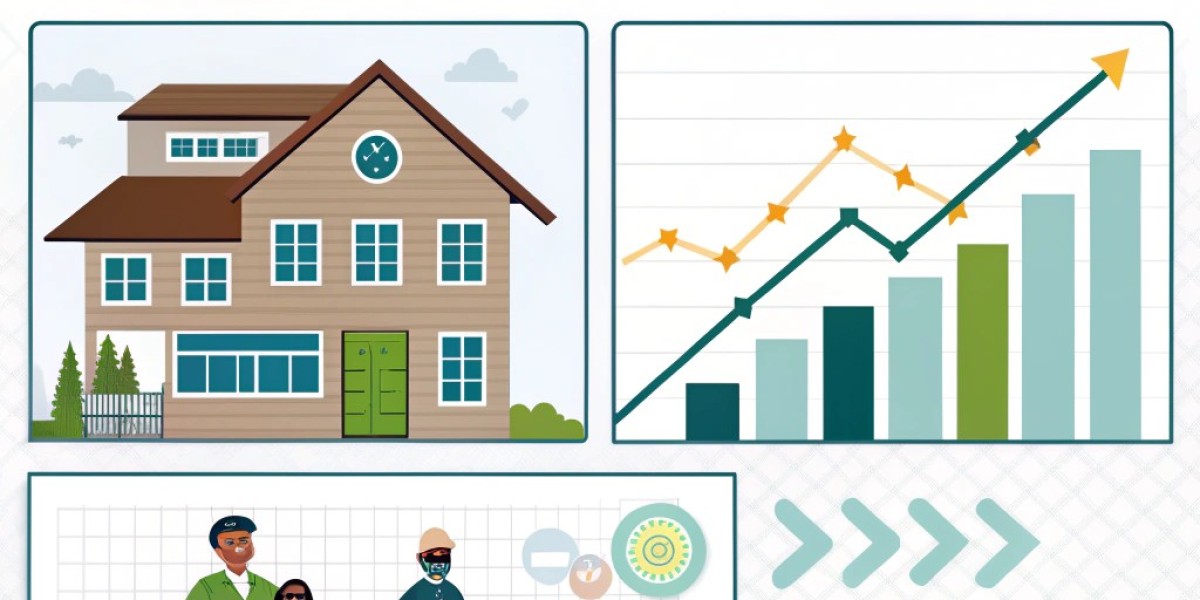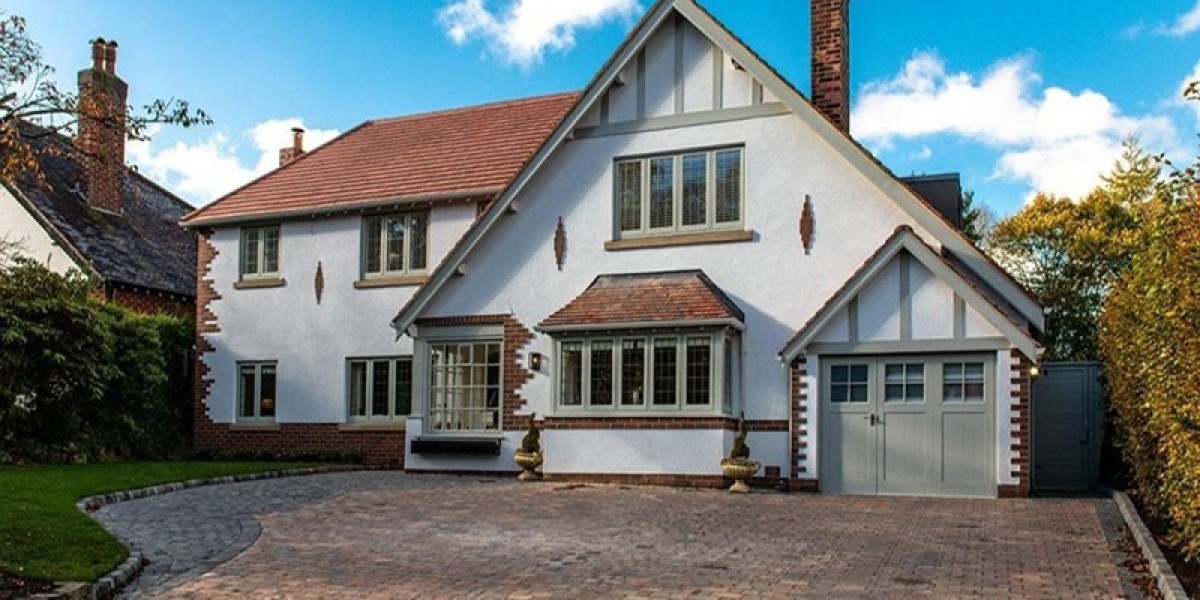When you plan to buy a home, choosing the right mortgage can save you thousands over time. Two common options include a fixed-rate mortgage and an adjustable-rate mortgage (ARM). Each option comes with its own advantages and challenges, and understanding how these loans work can guide you to the best decision for your budget and lifestyle.
This post explains the differences between these mortgage types, focusing on how a mortgage rider impacts your payments and overall costs.
What Is a Mortgage Rider?
A mortgage rider is an addition to your mortgage contract that changes some of the loan’s original terms. These changes often affect the interest rate or payment schedules. Riders are designed to add flexibility or protection based on your needs.
For instance, an adjustable rate rider mortgage allows your interest rate to change at specified times after an initial fixed period. This differs from a fixed-rate mortgage where your interest rate stays the same for the entire loan term. Understanding these riders is essential to know which mortgage option might save you more money in the long run.
Besides adjusting interest rates, some riders may limit how much your payment can increase each year. This can reduce risk but may come with higher initial costs. Riders can be complex, so reviewing the details closely helps you understand how your payments may change over time.
How Fixed-Rate Mortgages Work
A fixed-rate mortgage has one set interest rate for the full duration of your loan, commonly 15 or 30 years. Your monthly payment stays constant, which simplifies budgeting. Because your interest rate is locked in, you won’t see changes even if market rates go up or down.
The main benefit is predictability. Fixed rates protect you from rising interest costs and provide peace of mind. If interest rates increase, your locked-in rate could save you a significant amount compared to current market rates. However, if rates fall, you won’t automatically benefit unless you refinance your loan.
Fixed-rate mortgages usually start with a slightly higher interest rate than adjustable loans. This is because lenders take on more risk by guaranteeing a steady rate. If you expect to stay in your home for many years, a fixed-rate mortgage often saves money by avoiding future rate hikes and unpredictable payments.
Additionally, fixed rates are easier to understand since your payment stays the same every month. This makes planning for expenses simpler and helps avoid surprises, especially if your income is steady or fixed.
How Adjustable-Rate Mortgages Work
Adjustable-rate mortgages offer an initially lower interest rate, typically fixed for a few years before adjusting at regular intervals. After the initial period, your rate changes based on a market index plus a margin set by your lender. This means your monthly payments can rise or fall depending on market conditions.
The main advantage is lower payments at the start, which can make buying a home more affordable initially. This suits buyers who expect their income to increase or those who plan to move or refinance before the adjustable period begins.
The downside is uncertainty. If interest rates rise sharply, your payments could increase significantly, sometimes making them unaffordable. This risk means you need to plan carefully for possible higher costs.
The adjustable rate rider mortgage often appeals to buyers who want to save money early on and can handle some risk later. Some riders limit how much your rate can increase each year or over the loan term, adding some protection but potentially raising the starting rate.
Comparing Fixed or Variable Rate Mortgage Options
When deciding between fixed or variable rate mortgages, consider how long you plan to keep the loan and your tolerance for financial risk. Fixed mortgages offer payment consistency and reduce surprises. Adjustable-rate loans start with lower payments but carry the risk of increases.
Interest paid over the loan’s life is key. Fixed rates protect you from rising rates but often start higher. Variable rates begin lower but may increase beyond your budget. Your financial situation and future goals should influence your choice.
Review the rider’s terms carefully. Caps on rate increases help reduce risk but can raise initial rates. Make sure you understand how often rates adjust and how high they can go.
For example, some adjustable riders limit annual increases to 2% and total increases to 5% or 6%. These limits may prevent drastic jumps but also raise your starting interest rate compared to loans without caps.
Which Mortgage Rider Saves More Money?
Which mortgage rider saves more depends on your timeline and goals. If you plan to stay in your home a long time, fixed-rate mortgage riders usually save money by avoiding interest hikes. Your monthly payments stay steady, helping you budget without surprises.
If you expect to sell or refinance within a few years, adjustable-rate mortgage riders may save money through lower initial payments. You pay less interest early, which might add up to savings. However, rising rates could increase your costs before you move or refinance.
Look at economic interest rate trends. When rates are low but expected to rise, locking in a fixed rate often protects you. When rates are high but likely to fall, adjustable-rate riders might be more economical.
Keep in mind that refinancing or selling isn’t guaranteed, so consider what happens if rates rise while you stay in the home longer than planned.
Tips for Choosing Between Fixed and Adjustable-Rate Riders
Consider your time horizon: Longer stays generally benefit from fixed-rate riders, while shorter stays might benefit from adjustable-rate riders.
Evaluate your financial comfort: Fixed rates offer steady payments, while adjustable rates can fluctuate. Plan for possible increases.
Read rider terms closely: Look for caps on rate increases and frequency of adjustments to understand risk.
Watch interest rate forecasts: Economic trends may influence whether locking in or adjusting is better.
Consult mortgage experts: They can provide advice based on your specific finances and goals.
Final Thoughts on Fixed vs Adjustable-Rate Mortgage Rider
Both fixed and adjustable-rate mortgage riders come with benefits and risks. Your decision should match your financial goals, how long you plan to keep the home, and your tolerance for changing payments. For many, fixed-rate mortgages offer security and long-term savings. For others, adjustable-rate riders provide short-term savings with some flexibility.
With a clear understanding of how each rider works, you can make a better-informed choice and save more money during your homeownership journey.







